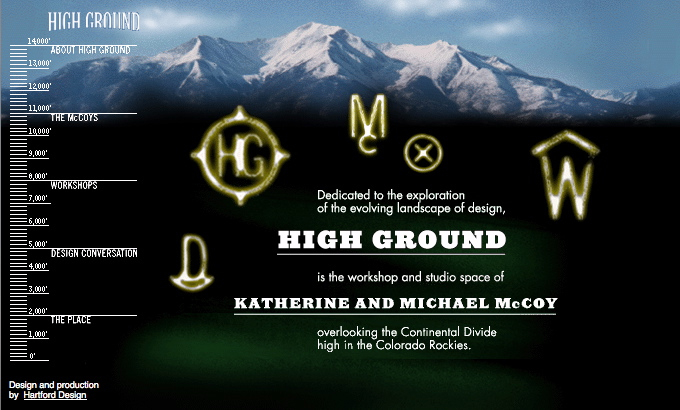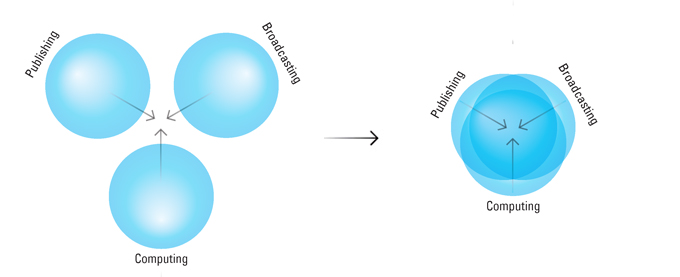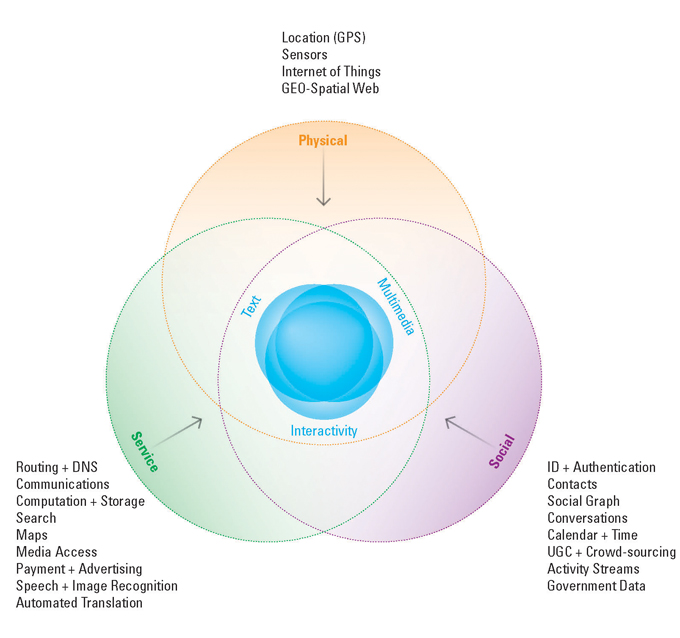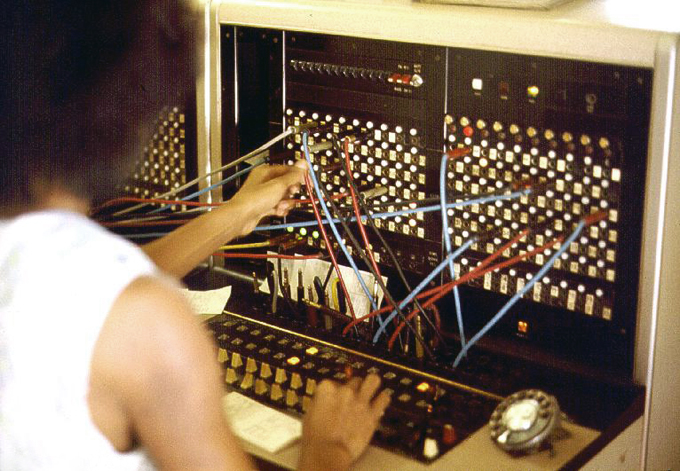Over the past couple of months we’ve been migrating our Web site to Drupal, which, combined with the summer vacation season, has caused a slowdown in our blogging—particularly from me! So it’s time to get going again.

Do you know Hugh Dubberly? Nowadays he runs the Dubberly Design Office in San Francisco. He was at Apple for an extended spell during the Sculley era in the eighties and nineties, and conceived and wrote the Knowledge Navigator with Doris Mitsch in 1987. This video about the future of computing was very influential, portraying artificial intelligence with voice-recognition based interaction. The physical design of the device looks a bit Star Wars and clunky now, but the interactivity is still futuristic.

Last month, I saw Hugh at the High Ground Design Conversation, hosted by Kathy and Mike McCoy in their beautiful lair in the Colorado Rockies. I value this event enormously for refreshing my mind and spirit in the company of a group of about twenty design academics and practitioners. This year, I learned the most from Hugh’s presentation about convergence. If you want the whole story, you can find it on his Web site; it was originally an article written for Interactions magazine called “Convergence 2.0 = Service + Social + Physical,” but here’s my short takeaway version.

Hugh remembers listening to a talk in the eighties by Nicholas Negroponte about the future of computing, in which he claimed that the publishing, broadcasting, and computing industries were converging and would soon become one. That has indeed happened, as exemplified by the iPad, but “soon” stretched out for almost thirty years. Here’s a quote from Hugh’s article:
“Convergence has become shorthand for a series of arguments. First, all media will become digital. Second, the analog-to-digital transition will transform media production and distribution, creating opportunities and disrupting existing businesses. And third, and perhaps less obvious in 1980, once media are digital, boundaries between media types will blur and opportunities for interaction will grow, creating new ways for us to make arguments, explain ideas, and tell stories.”
So can we leave it that, just admiring the forward-looking vision of the inimitable Nicholas Negroponte? Not quite! The Internet and the emergence of mobile devices and applications have added a new layer to the story, challenging us to design services and social relationships as well as digital interactions. Here’s another quote from the article:
“Convergence 2.0 recognizes that interactive multimedia exist within a networked world and depend on networked services. It recognizes that most services have a social component. And it recognizes that people are rooted in the physical world and networks are increasingly connected to things. Convergence 2.0 integrates interactive multimedia with Internet-based services, social networks, and the physical world.”

So, here’s the 2.0 model of convergence:
Convergence 2.0 = Service + Social + Physical
We’re used to the idea of designing physical objects, but what about services and social contexts? I think any context becomes a design opportunity and challenge as soon as there are elements in the relationships between people where design is needed. Take a telephone service, for example. In the days of the patch-cord switchboard, a human operator moderated the interaction between caller and recipient, but the technology did not interrupt the caller-to-operator or the operator-to-recipient relationships. The service could therefore be developed by training the operators to use the technology and treat the customers well.

Look at a telephone service today. Digital technology and automation get in the way of human communication, so the service comprises several steps that can only be made successful by good design of the interactions. Now it encompasses caller-to-phone, phone-to-automatic exchange, exchange-to-recipient’s phone, and recipient’s phone-to-recipient. Those extra steps demand design rather than training.
A similar dilemma applies to designing social interactions as soon as they are enabled by technology, as they are with Facebook, LinkedIn, or Twitter. Returning to Hugh’s convergence model, he recommends using it as a checklist as we make decisions about design, asking:
“How does the application we’re designing (or redesigning) relate to the convergence of the publishing, broadcasting, and computing industries? How does it take advantage of text, rich media, and interactivity? And how does it connect with network services, social networks, and the physical world? Where does integration yield innovation, difference, and value?”
I recommend that you take a look at the full text of Hugh’s article, keep the diagram handy, and look at it when you are facing a challenging decision about design thinking or design context. Many thanks to Hugh for his wisdom and insights!